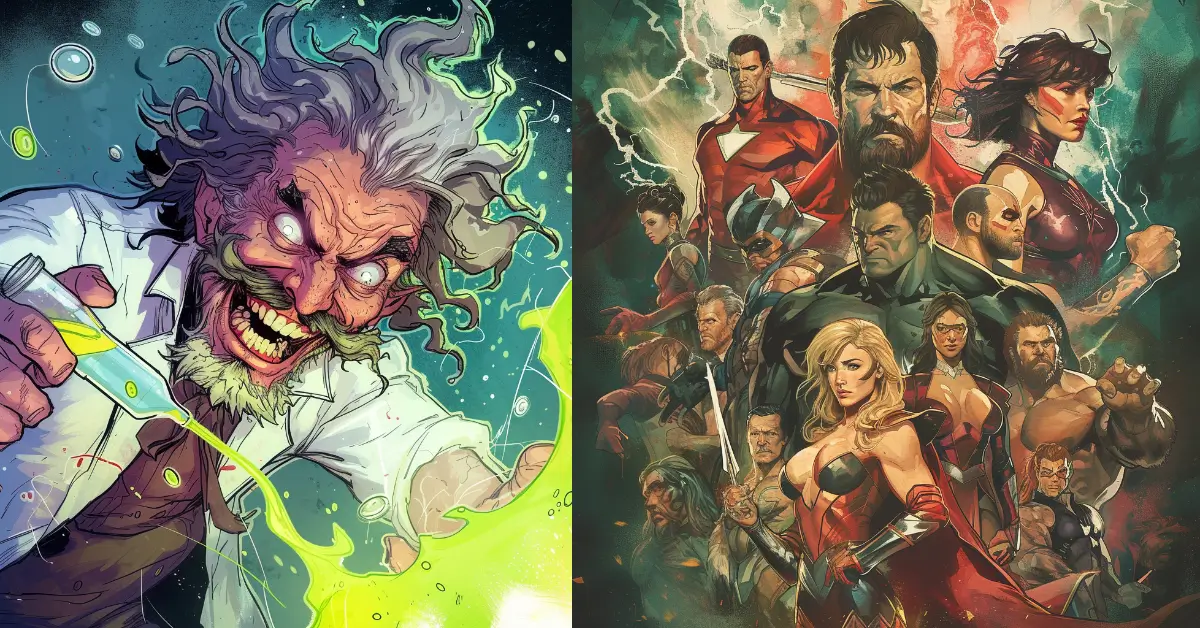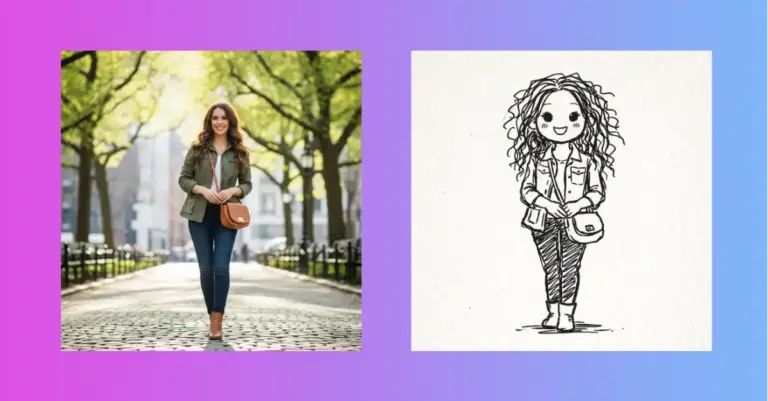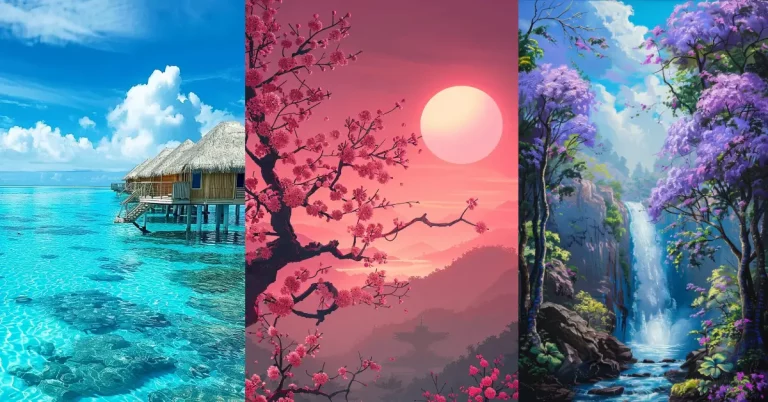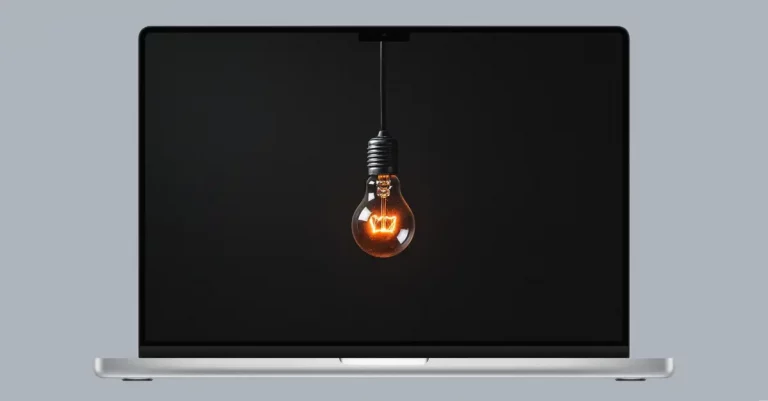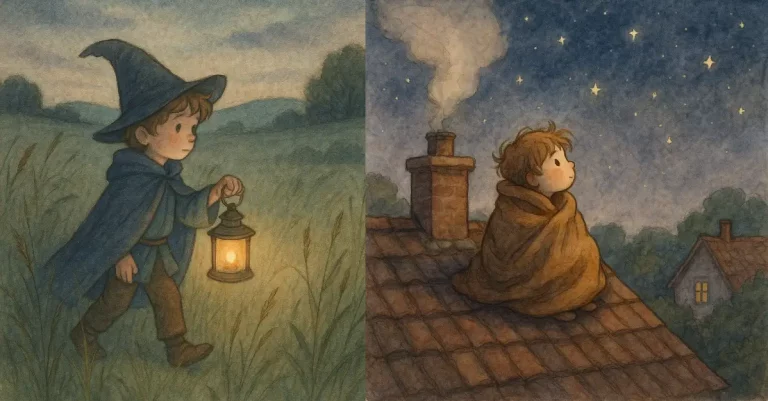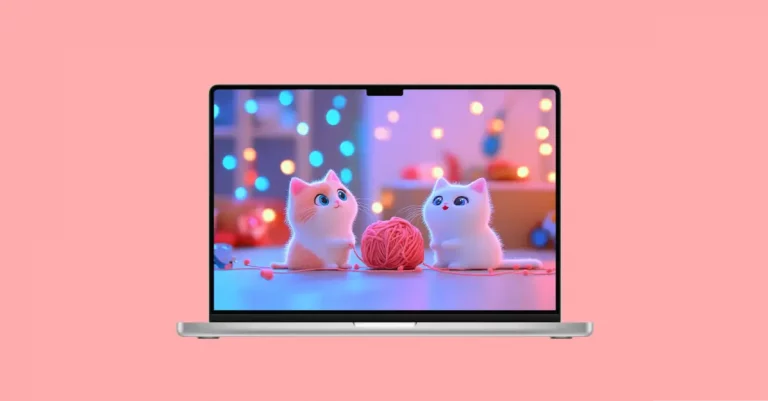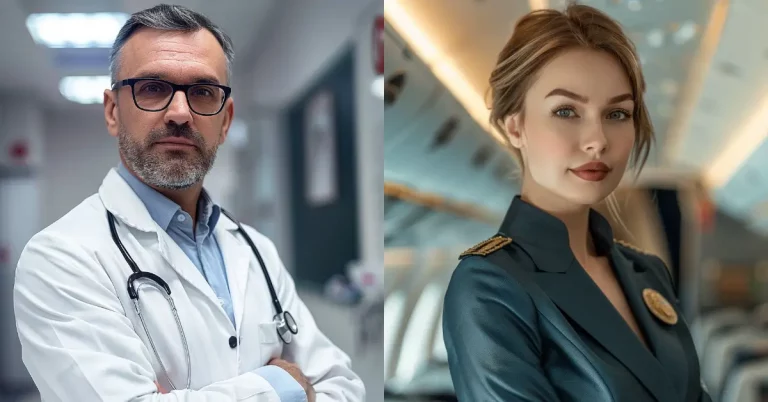How to Create Comic Art Using AI
The world of comic art has been completely transformed by recent advancements in AI. Tools like Midjourney have placed the power of image generation into the hands of aspiring creators, making comic design more accessible than ever before. In this blog post, I’ll provide a comprehensive guide on how to leverage AI to design stunning comic artwork from scratch.
Midjourney utilizes a deep neural network trained on millions of images across various mediums and genres. This allows it to synthesize completely novel images matching the description you provide. For comic artists, Midjourney can help bring characters, scenes, props, costumes, and more to life with ease.
With the right prompts, Midjourney alleviates much of the heavy lifting in comic creation. You can conjure up sprawling fantasy landscapes, intense action poses, and intricate mechanical designs through text alone. The AI handles turning descriptions into polished visuals. This frees up creators to focus on storytelling, writing, and comic sequencing.
I’ll be providing plenty of example prompts throughout this guide. You’ll discover how small tweaks in wording can produce dramatically different results. Mastering prompt engineering is key to steering AI in the right direction. With experimentation, you’ll be able to dial in on a unique comic aesthetic using Midjourney as your digital art studio.
While this guide has focused specifically on Midjourney for comic art generation, the fundamental prompting principles can be applied to almost any AI image creation tool. So you can take the descriptive prompting approach outlined here and try it out with the AI generator of your choice.
The emphasis on comic styles, vivid colors, dynamic compositions, and exaggeration will go a long way towards producing comic-friendly results across different systems. With a little experimentation, you can tailor these fundamental techniques to the strengths of whichever AI platform you prefer.
Character Design Prompts
Midjourney allows you to easily generate unique comic character art. The key is using descriptive prompts that include terms like “comic style”, “comical”, “exaggerated”, etc. This steers the AI in a more stylized, comic-specific direction.
Hero Characters
- A brave robot hero flying and shooting lasers in comical retro comic book style with bright pop art colors.
- A smug superhero in a cape landing in heroic pose, muscles exaggerated, comical expression, 1960s comic art.
- A silly animal sidekick hamster wearing a super suit with big cartoon eyes, comic book illustration.
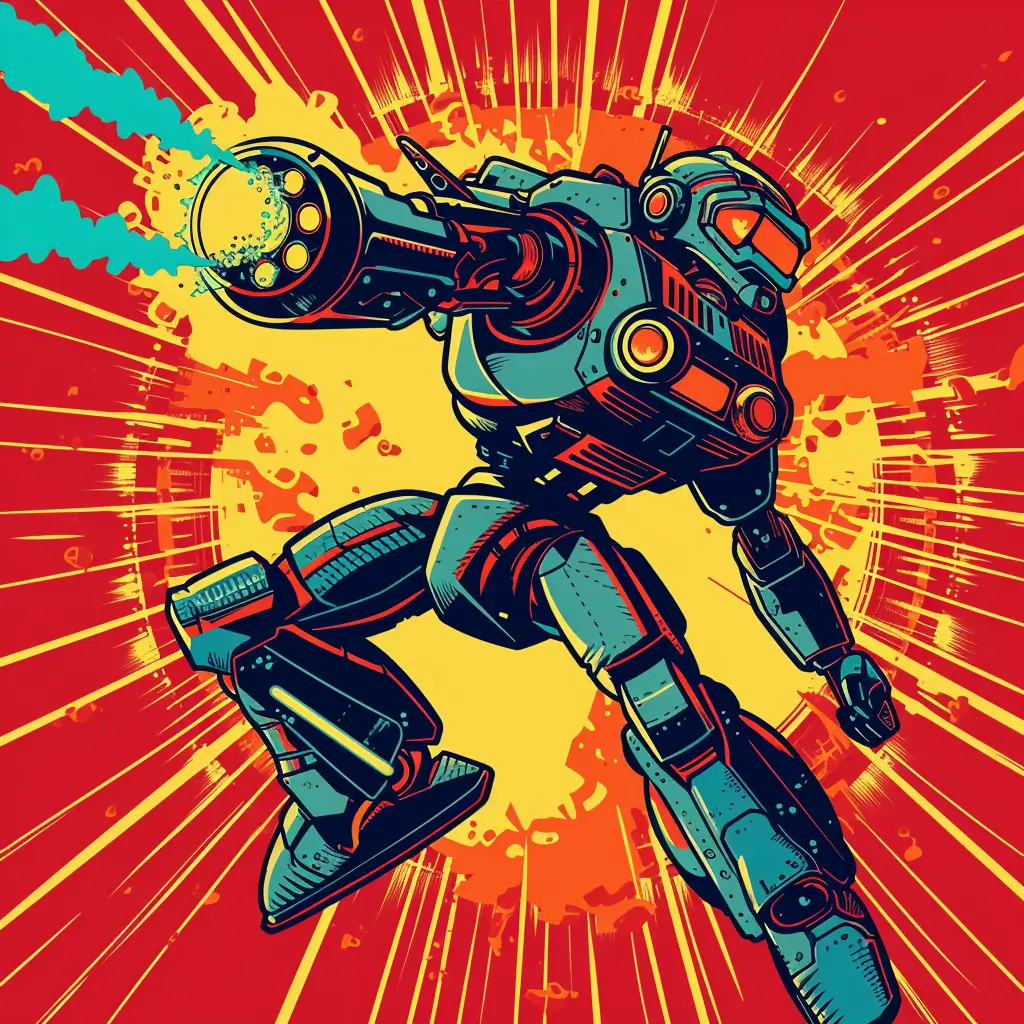
Villain Characters
- An evil alien warlord with brain exposed, shouting comically, vibrant comic colors, visual effects.
- A crazed scientist mixing chemicals, wild Einstein hair, sinister grin, comical proportions, comic panel.
- A hulking mutant crocodile hybrid, with sharp teeth and bulging eyes, gritty comic art.
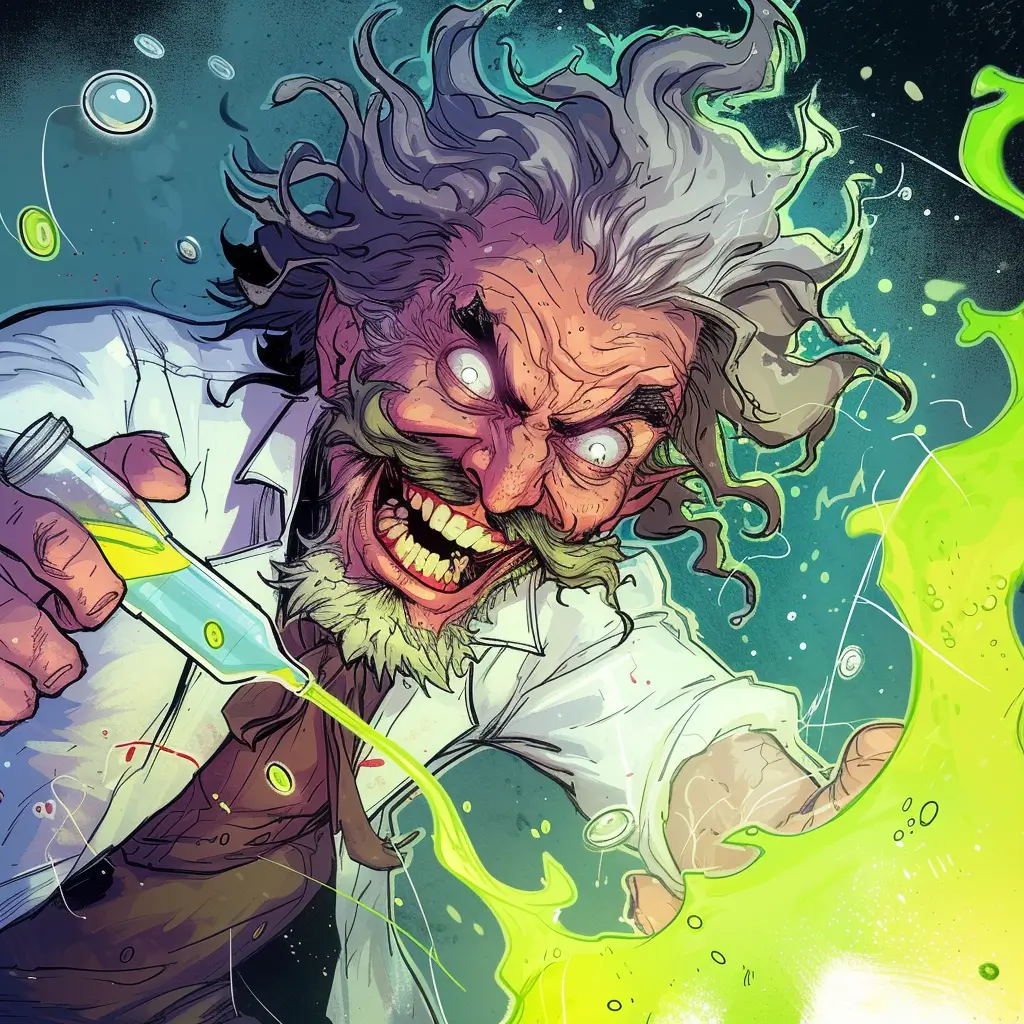
Background Characters
- 1950s style robots marching in a line, retro sci-fi comics aesthetic, vibrant colors.
- Aliens having a comical dinner party scene, zany expressions, diverse alien designs, flat vivid colors.
- Fantasy creatures gambling in a tavern, exaggerated expressions and actions, vibrant color palette, full page comic panel.
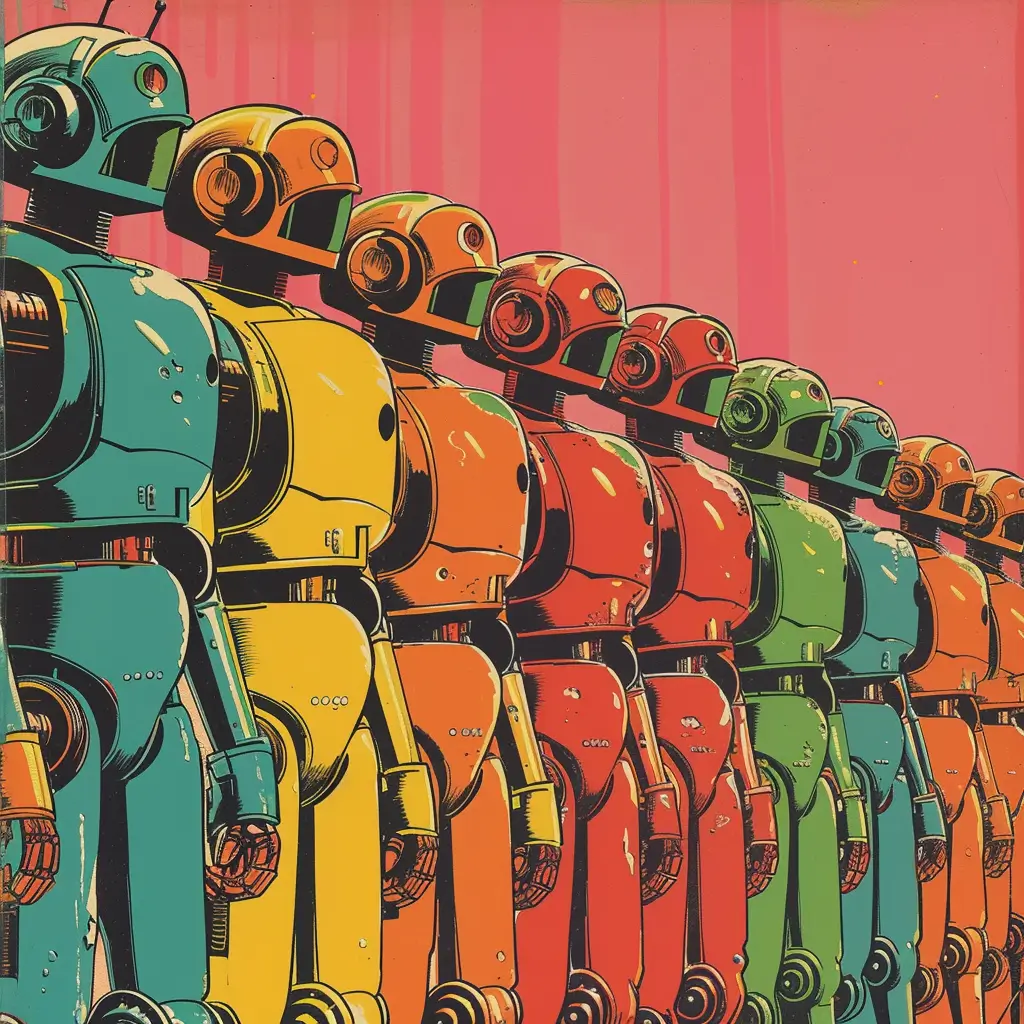
Environments and Settings
Comic landscapes and scenery help set the tone and immerse readers in the story’s world. Midjourney can help design stunning comic backgrounds. Use descriptive prompts with comic styles, vivid colors, and exaggerated shapes. Some examples:
Futuristic Settings
- A bustling retro sci-fi cityscape, flying cars, towering skyscrapers, vivid sunset colors, comic book panel.
- An alien planet landscape, jagged red rock formations, two moons in the sky, trippy psychedelic colors, comic cover art.
- A robot laboratory inside a volcano base, strange bubbling machinery, sharp angles, vibrant ink drawing.

Fantasy Settings
- A towering Gothic castle surrounded by a spooky graveyard, gargoyles, bats, full moon, comic page.
- An underwater kingdom city, coral buildings, fish people, bright tropical colors, fantasy comic.
- A goblin tavern with mushroom furniture, stone walls, wooden beams, fireplaces, pop art style.
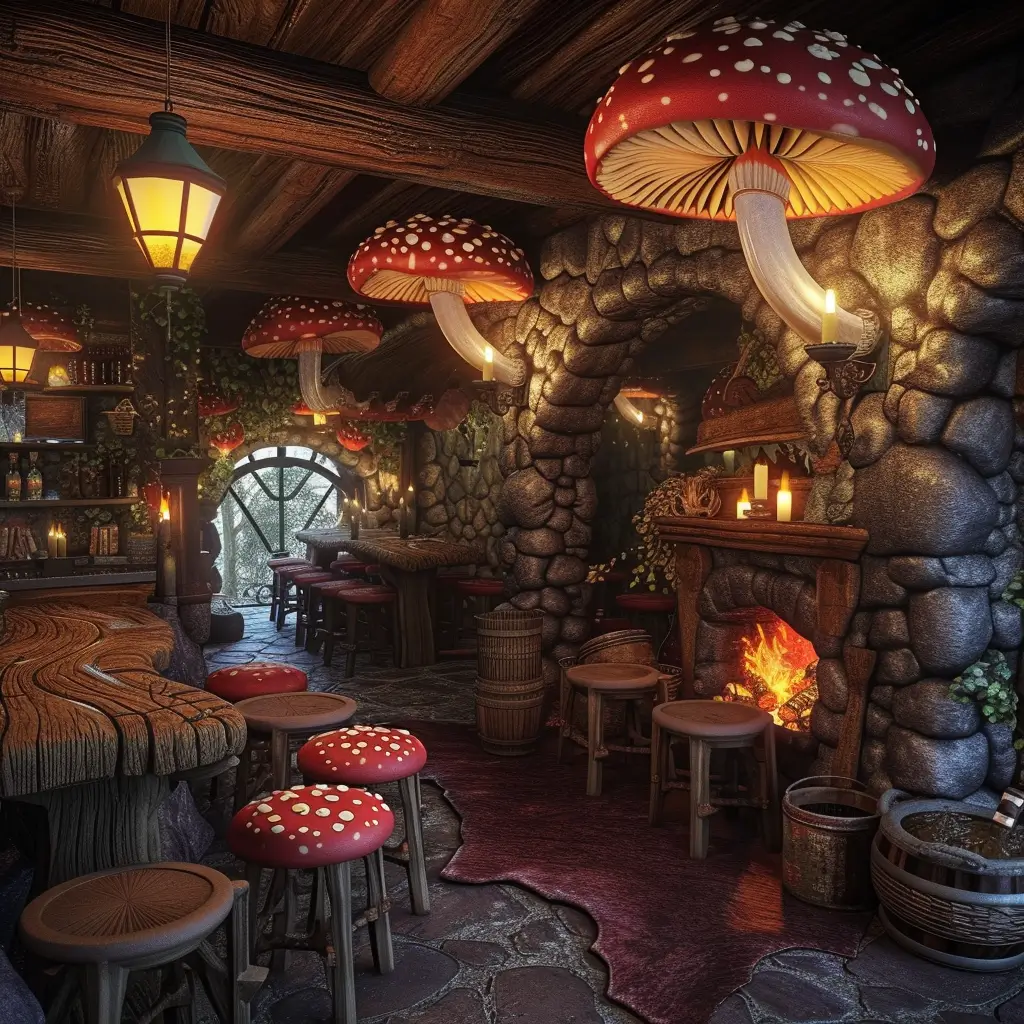
Natural Landscapes
- A prehistoric jungle scene, soaring mountains, erupting geysers, dinosaurs, lush painterly comic panel.
- Desert planet surface, sun in the sky, giant monster worms burrowing, retro pulp comic.
- Frozen arctic wasteland, ice formations, howling wind, yetis trudging through snow, Watercolor.
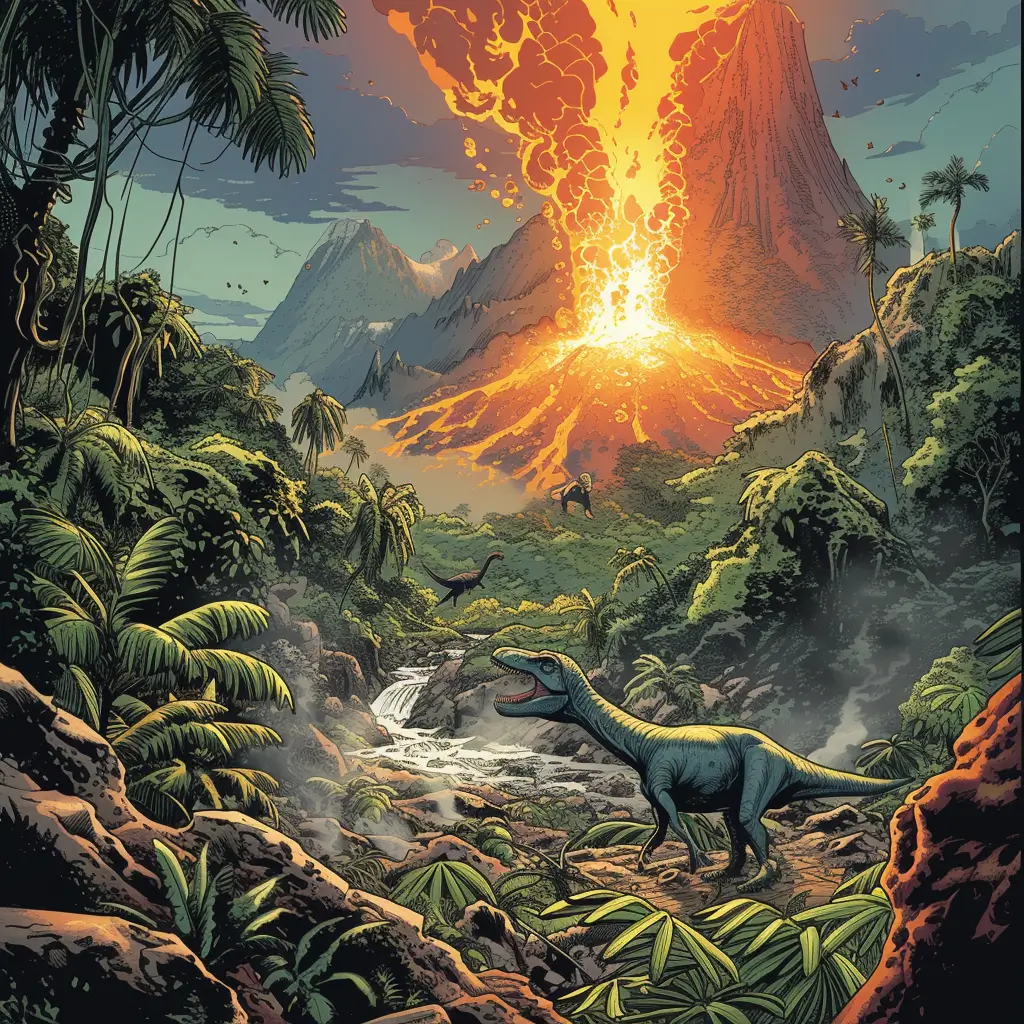
Character Poses and Expressions
Poses and facial expressions are key for conveying comic emotion and action. Use terms like “exaggerated”, “comical”, “zany”, etc. to get more dramatic comic results from Midjourney.
Action Poses
- A superhero punching through a wall in an exaggerated action pose, bricks flying, bold lines, retro comic style.
- A barbarian swinging a comically oversized sword at a monster, muscles bulging in a dramatic pose, vibrant comic colors.
- A panicked wizard frantically preparing a spell, eyes bulging, cloak comically blowing in the wind, magic sparks flying, comic panel.

Expressions
- An alien commander’s jaw dropping in a comical shocked expression, eyes popping out, detailed comic art style.
- A smug princely elf character with an exaggerated arrogant grin, turning up his nose, vibrant pop art colors.
- A fairy bawling hysterically, eyes and nose exaggerated, streams of tears, over-the-top comic expression.
- A horrified robot screaming, hands on cheeks, mouth wide open, pure white eyes, zany comic book style.
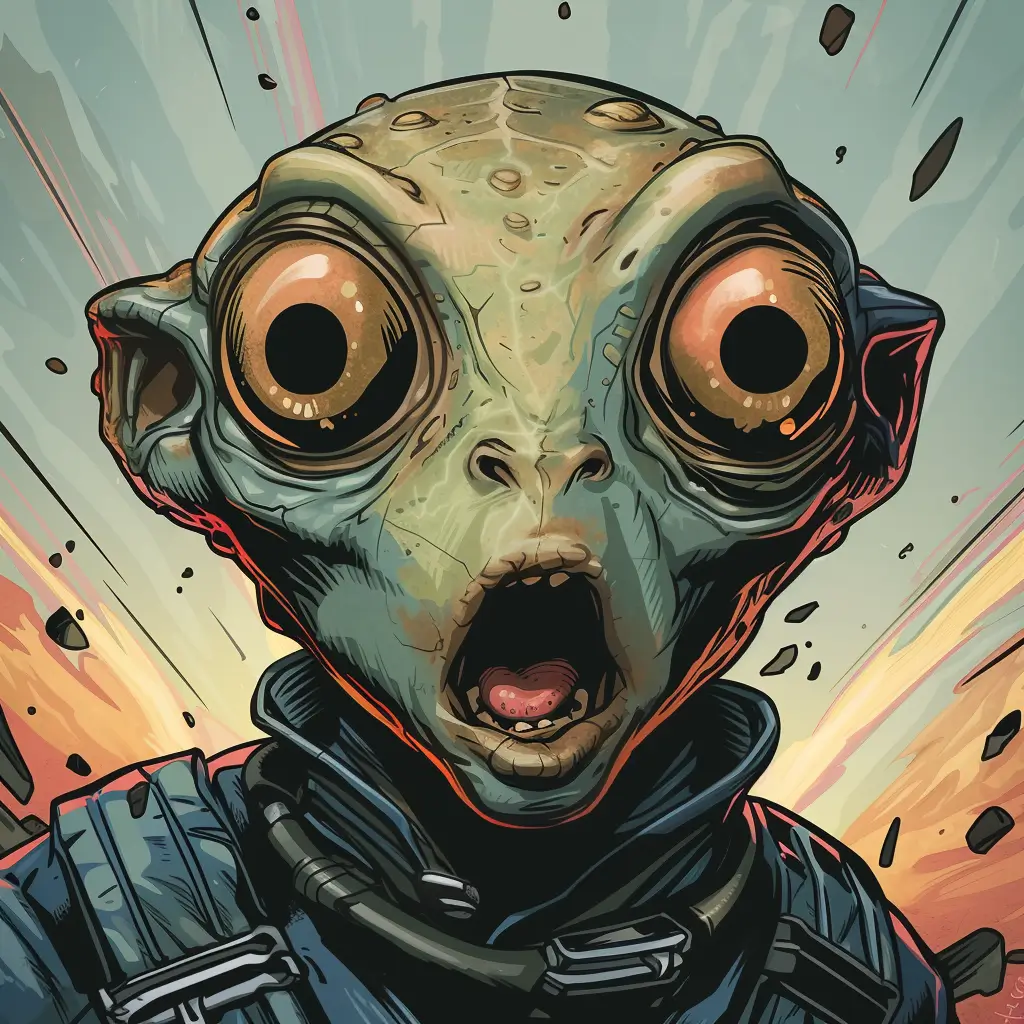
Scene Composition
Careful scene framing brings comic pages to life. Use composition prompts to design shots that amplify the humor, action, and storytelling.
Establishing Shots
- Wide view of a cluttered mad scientist lab, strange bubbling vials, comical inventions, retro comic style.
- Splash page of a goofy goblin village nestled in a fantasy forest, mushroom huts, exaggerated features, vibrant colors.

Medium Shots
- A silly knight in oversized armor posing heroically, chest puffed out, birds circling head, comical proportions.
- Close up of an alien queen making an exaggerated royal decree, finger pointed up, regal clothing with bold shapes.
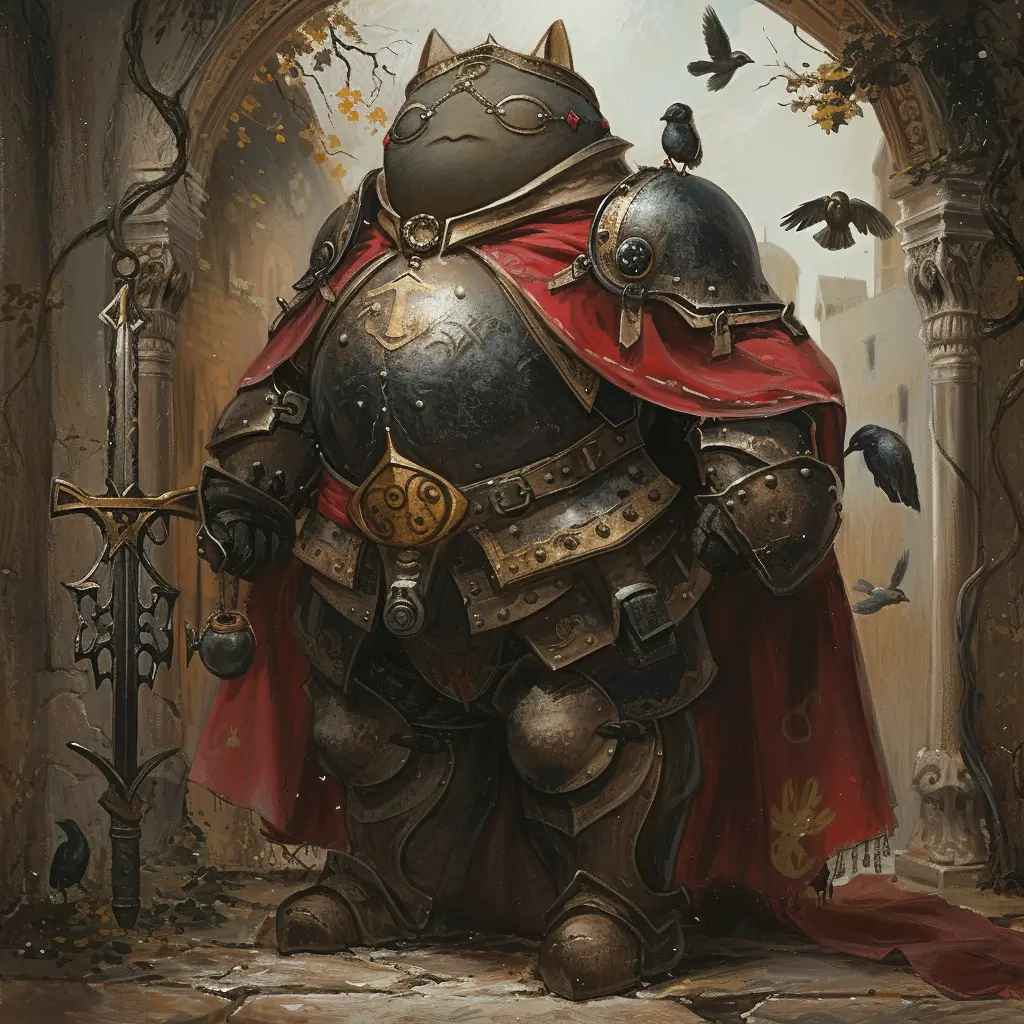
Close-up Shots
- Close up of a robot’s eyes popping out in a comical surprised expression, detailed oil painting style.
- Tight shot of a vampire sneezing and accidentally turning into a bat, zany art style.
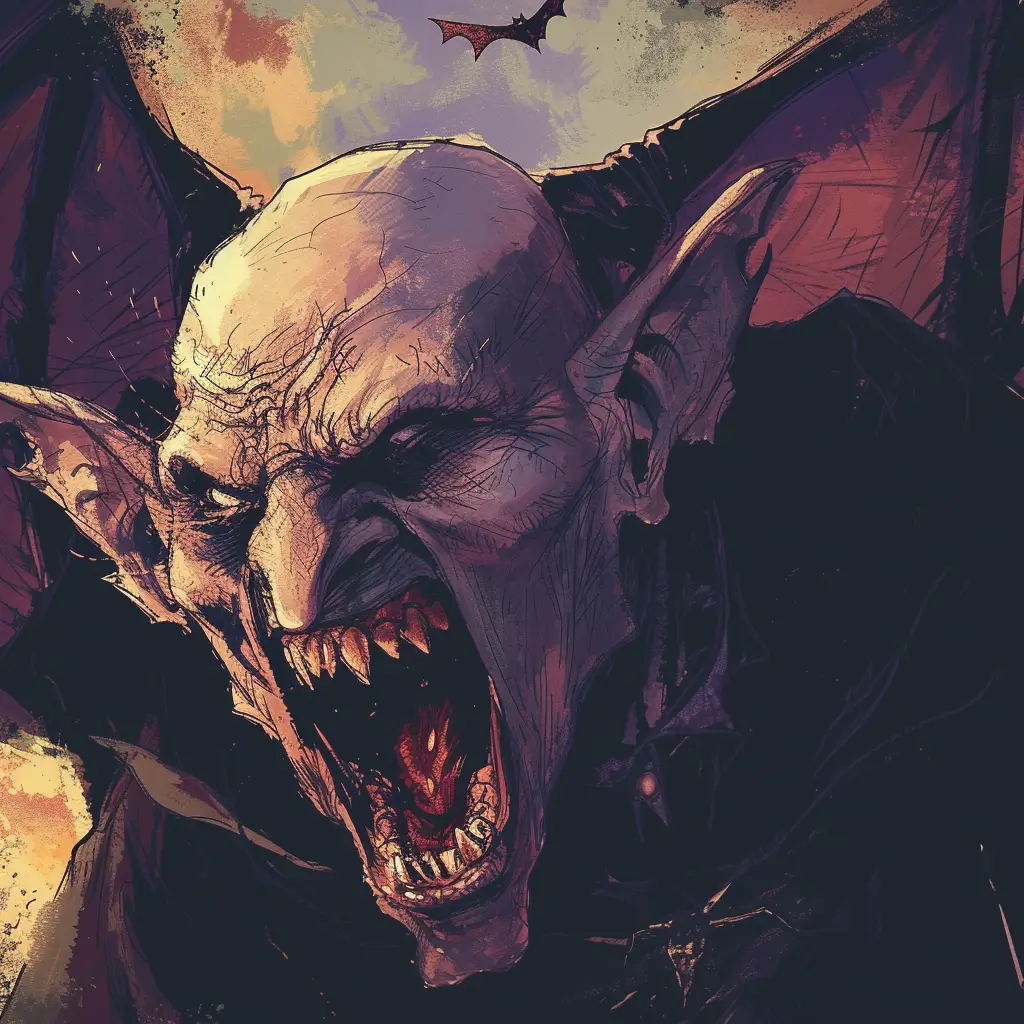
Dynamic Angles
- Low angle looking up at a towering monster, teeth bared menacingly, retro comic colors.
- High angle peering down at a wizard casting a spell, exasperated face, sparks flying, dynamic composition.
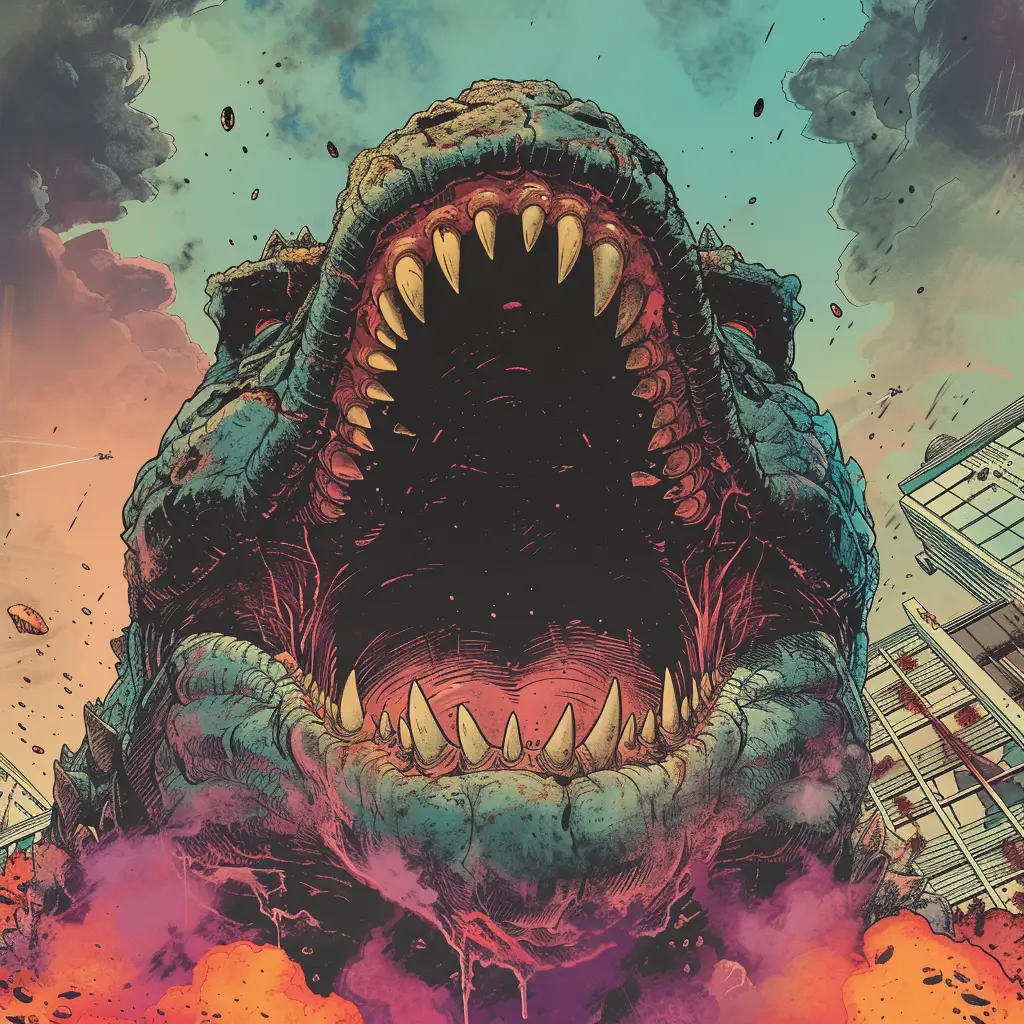
Costumes and Props
Fun costumes and wacky props are staples of great comic art. Use descriptive prompts with comic styles to generate your own original designs.
Hero Costumes
- A muscular hero in a skin-tight futuristic outfit, glowing lines, ridiculous shoulder pads, bold primary colors, comic style.
- A silly animal sidekick in an ill-fitting super suit, chest logo askew, baggy pants, zany proportions.
- A panicked superhero frantically adjusting an overcomplicated utility belt, pouches and gadgets overflowing, visual clutter.
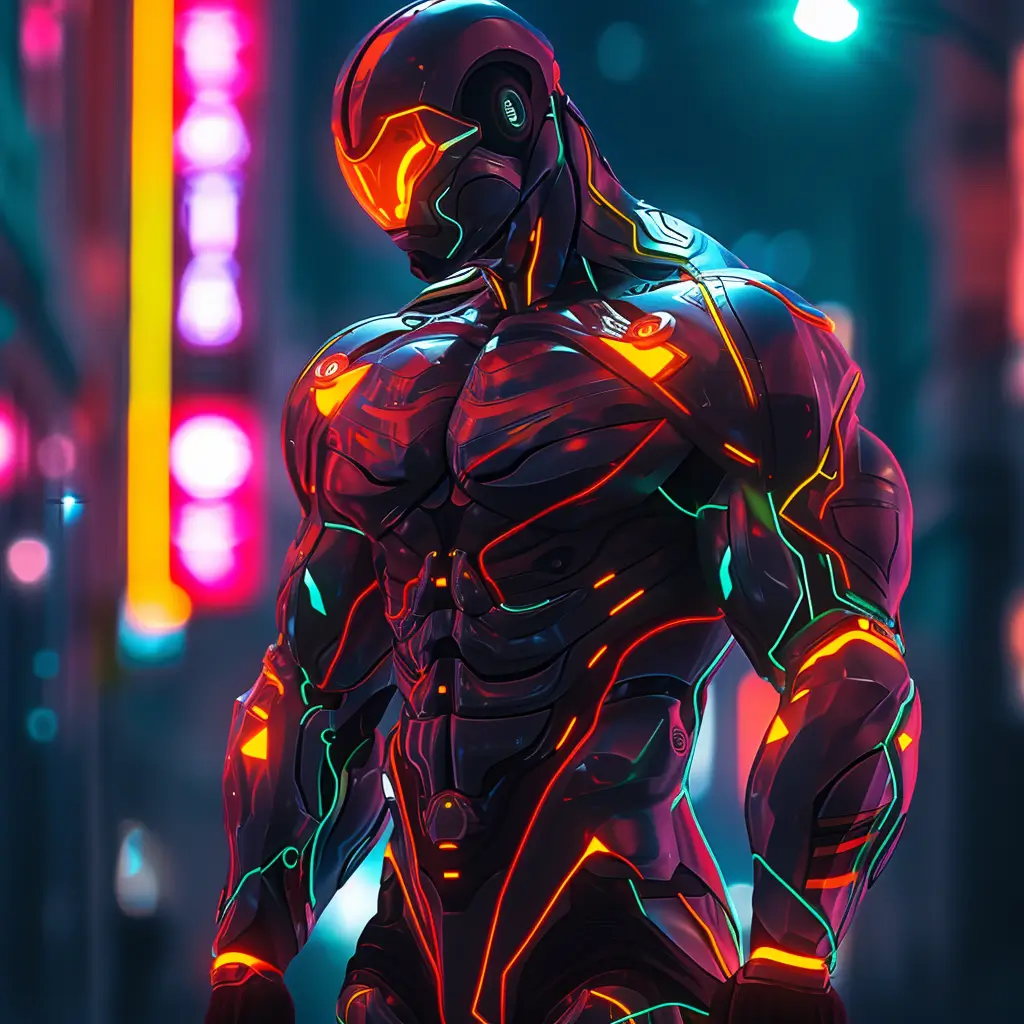
Villain Costumes
- A flamboyant supervillain in a bombastic costume, exaggerated ruffles and capes, sinister angular mask.
- A wicked sorcerer clutching a glowing staff, tattered robes with arcane symbols, giant floppy wizard hat.
- A menacing alien warlord covered in exotic armor and jewels, ridiculous spiked pauldrons, vibrant colors.
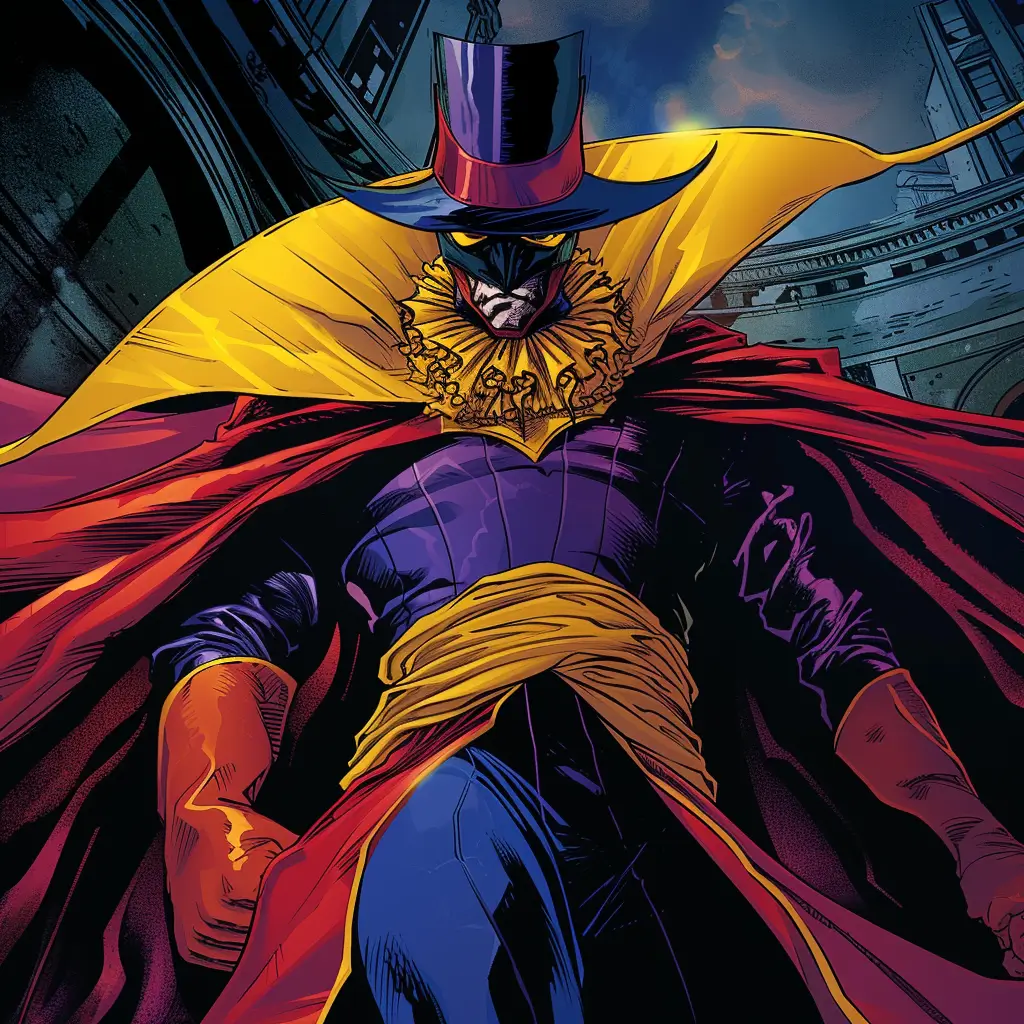
Sci-Fi Props
- An astronaut maneuvering a comically complex jetpack, tubes and dials everywhere, retro future style.
- A cheeky android holding a sassy robot cat, metallic body has gears and rivets, popping expressive eyes.
- A ridiculous oversized laser cannon with random pipes and controls, hefted by a scrawny scientist, comic style.
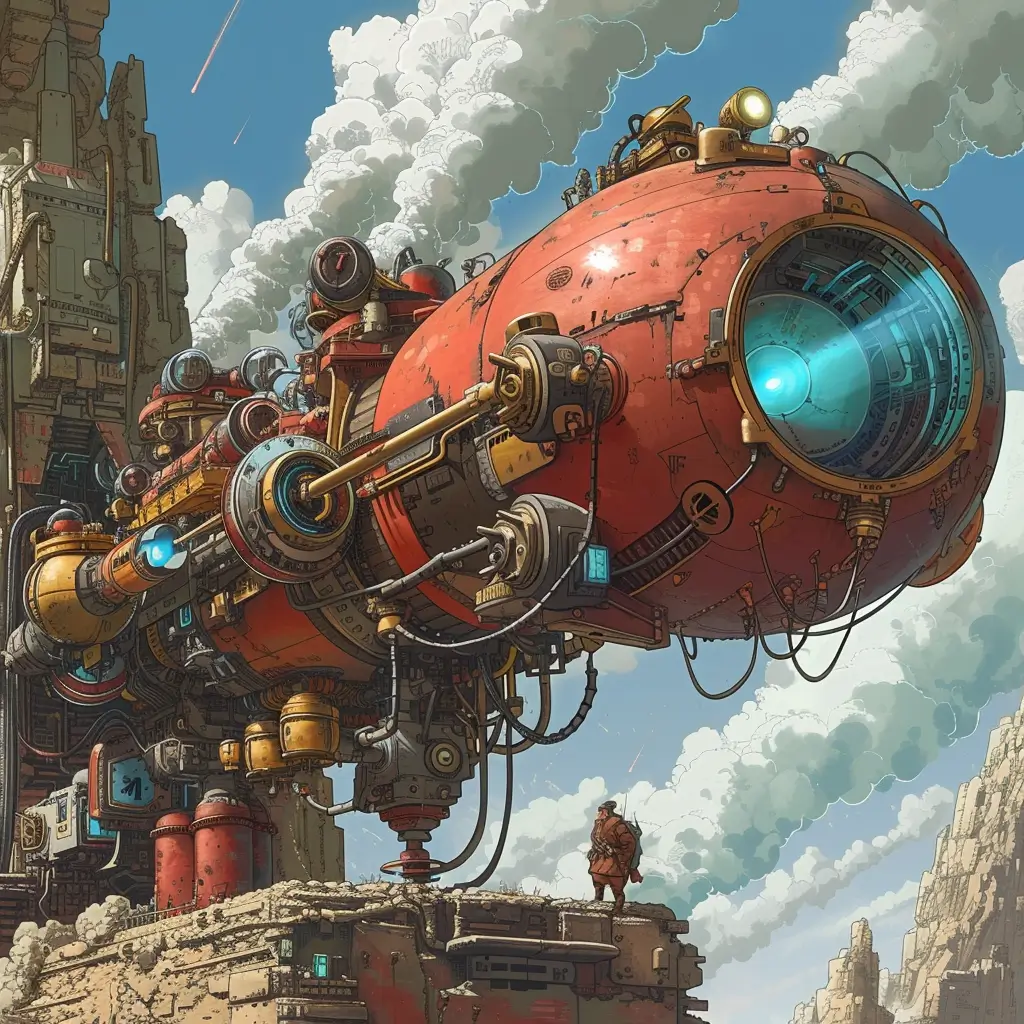
Comic Layouts
Laying out comic pages with panels, text, and special effects brings everything together. Use prompts with comic styles to design your page layouts.
Panels
- 4 panel grid comic page layout, shows progression of a secret agent finding a criminal, retro style.
- 9 panel grid depicting superheroes battling a giant monster, packs action into limited space.
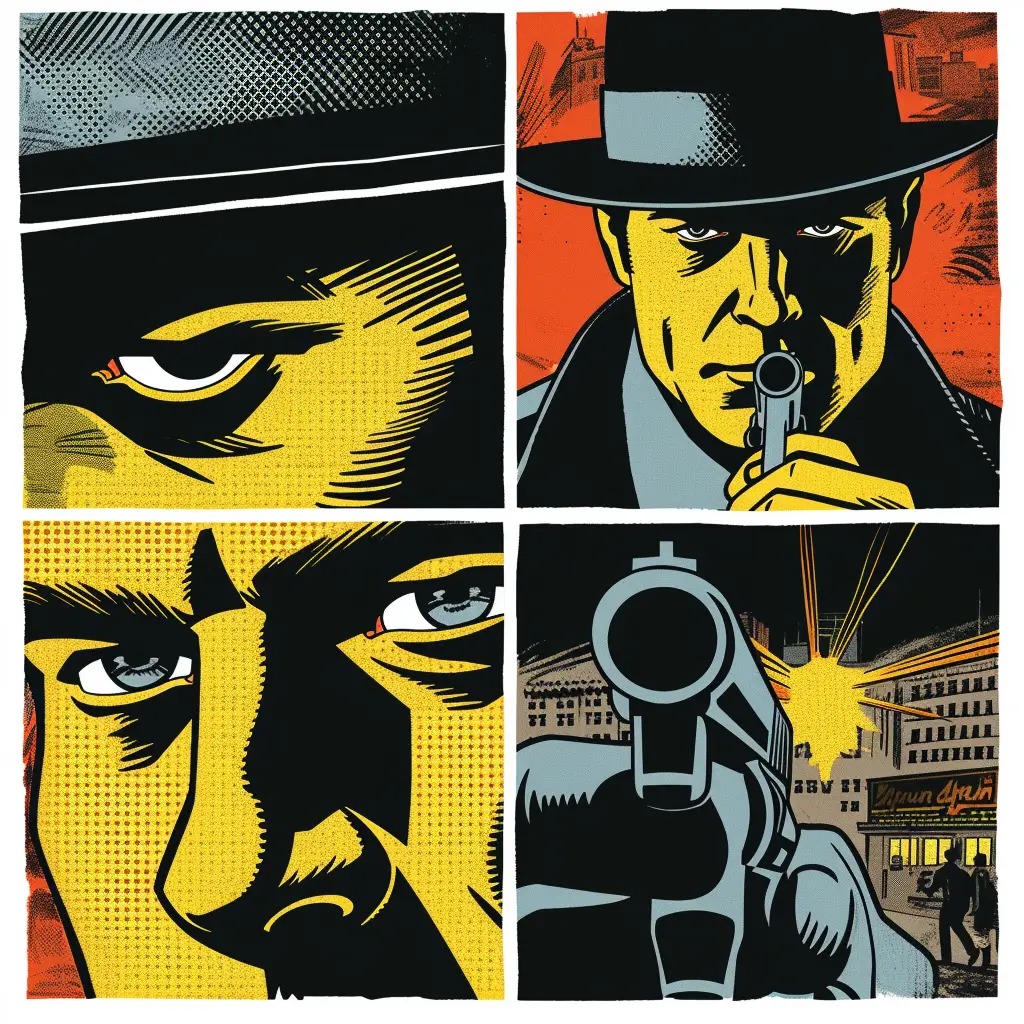
Speech Bubbles
- Angry villain shouting threats in the text speech bubble, vibrant colors.
- Wisecracking hero quipping humorously in a fight scene, fun bubble shapes and fonts.
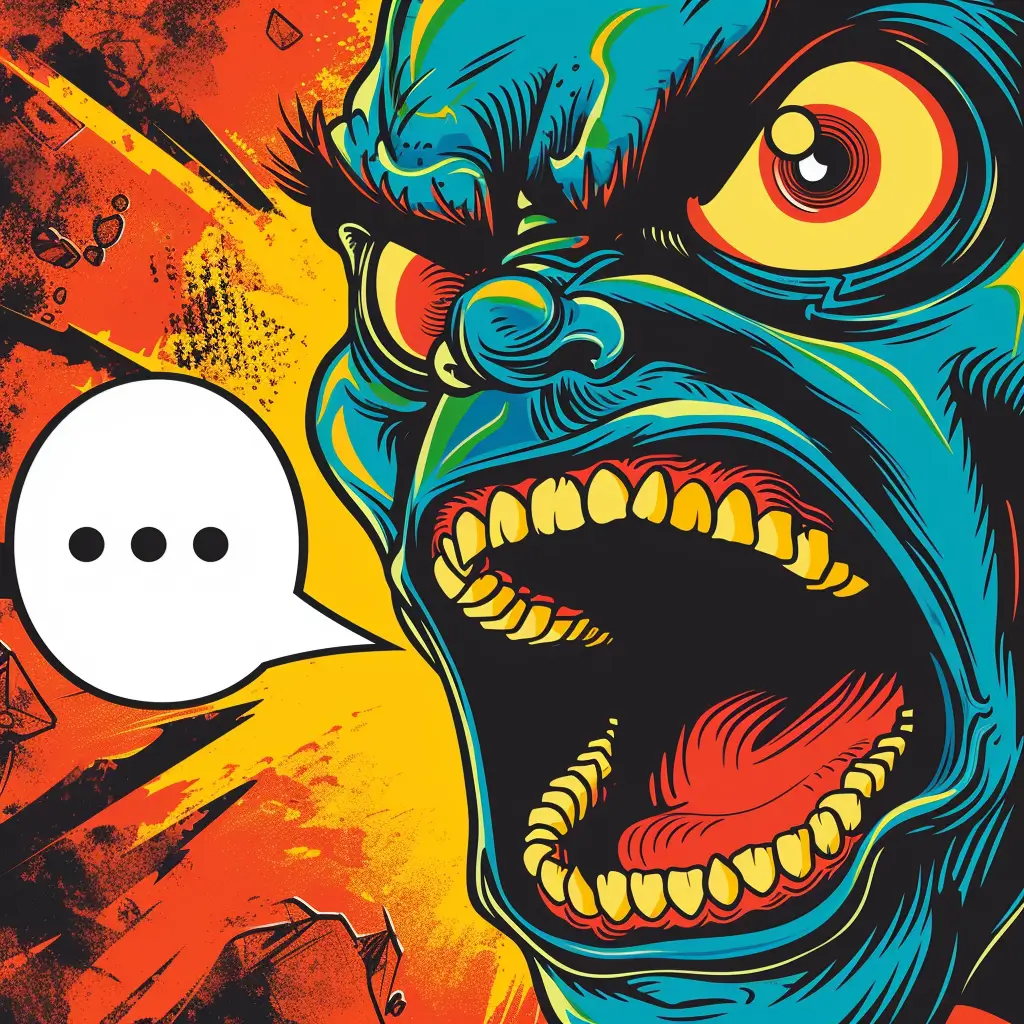
Special Effects
- Dramatic “POW” and “BAM” visual onomatopoeias bursting across a punching panel, ink blot style.
- Sweat drops, speed lines, and comical deformation effects on a stretching cartoon character.
- Vibrant laser and magic spell effects filling a page, creates visual excitement.

Splash Pages
- Full page splash of a hero team posing dynamically, exaggerated musculature and proportions.
- Splash page of a knock-down brawl between two giant robots, debris and effects fill space.
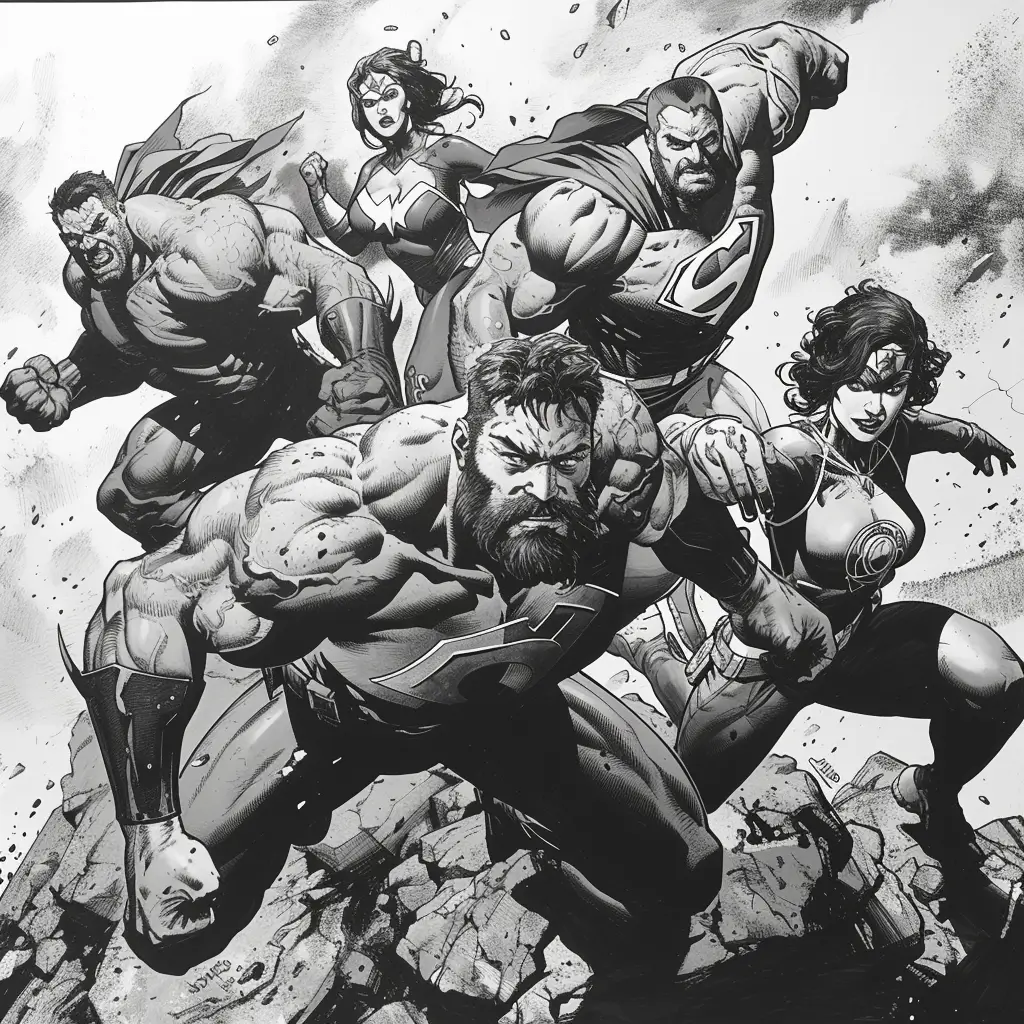
Additional Comic Elements
Let’s look at some prompts for other common comic book elements beyond characters and pages.
Logos
- A retro comic book logo with a rocketship and bold exaggerated font, bright primary colors.
- An ornate Gothic logo for a vampire comic, dripping blood text effect, stone and vines border.
Title Pages
- The first title page of an underground superhero comic, gritty graffiti art style.
- Intricate title page introducing a steampunk adventure series, detailed props, and typography.
Covers
- A character running dramatically across an apocalyptic cover scene, surrounded by zany effects and text
- Variant comic cover featuring an ensemble cast of heroes, detailed rendering, and lighting
Promotional Art
- Comic convention poster showcasing a cast of heroes and villains, exaggerated musculature, and proportions.
- Stylized comic character lineup poster, embossed logo, and title at the top.

Stylistic Considerations
The art style you choose can dramatically shape the tone and feel of your comic. Use prompts to explore different looks.
Black & White vs Color
- A noir cityscape in high contrast black and white, dark shadows and highlights
- Vibrantly colored space fleet battle, laser blasts lighting up the cosmos
Art Medium Styles
- Characters battling inked with bold brush strokes, thick dynamic linework
- Dreamy watercolor fantasy landscape, soft gradients and blended edges
Mimicking Famous Styles
- Gritty comic panel in the style of Frank Miller, harsh shadows and texture
- Character portrait imitating the animation style of Genndy Tartakovsky
- Spaceship chase scene aesthetically inspired by 1950s pulp sci-fi covers
Mixing Styles
- Surreal cosmic landscape blending photorealism with neon pop art colors
- Steampunk mech rendered realistically except for toon-shaded pilot
Advanced Prompting
Once you grasp the basics, there are advanced techniques to further refine your comic art prompts.
Prompt Structure
- Put the most important info first – Midjourney prioritizes the beginning.
- Use parentheses to isolate less critical details.
- Add “by Artist Name” to mimic their style.
Conceptual Blending
- Combine disparate ideas in novel ways. Ex: “a cowboy wizard”
- Blend sci-fi and fantasy. Ex: “a knight with robotic armor”
Direct Image Editing
- Generate a base image, then prompt variations like “make x bigger/smaller”
- Edit colors, lighting, details, etc. Ex: “Change to light blue color scheme”
- Test many versions to compare. Iterate on your favorites.
Prompt Review and Expansion
- Re-read prompts before generation to catch issues.
- Expand on initial ideas by adding more descriptive details.
With practice, you’ll master advanced prompting skills to refine your comic art visions. Remember to experiment iteratively and review prompts critically. Tiny tweaks can lead to dramatically different results.
As you can see, tools like Midjourney open up exciting new possibilities for comic creators through AI image generation. With carefullly crafted prompts and some artistic imagination, you can bring to life original characters, settings, props, layouts and more.
The key is learning how to provide descriptive details that steer the AI in the desired direction. Start by brainstorming all the visual elements you wish to depict. Then translate those ideas into text, focusing on comic styles, exaggeration, vivid colors, dynamic compositions and other art direction.
It may take some experimentation at first to hone in on your preferred comic aesthetic. But with practice, AI image generation can become an invaluable asset in your creative toolkit. The prompts in this guide should provide plenty of inspiration to fuel your comic projects.
Now it’s your turn to let your imagination run wild! See what crazy, absurd, beautiful and intricate comic artwork you can summon straight from your mind. The only limit is your creativity. So get out there and start building the next great comic universe with the power of AI!
